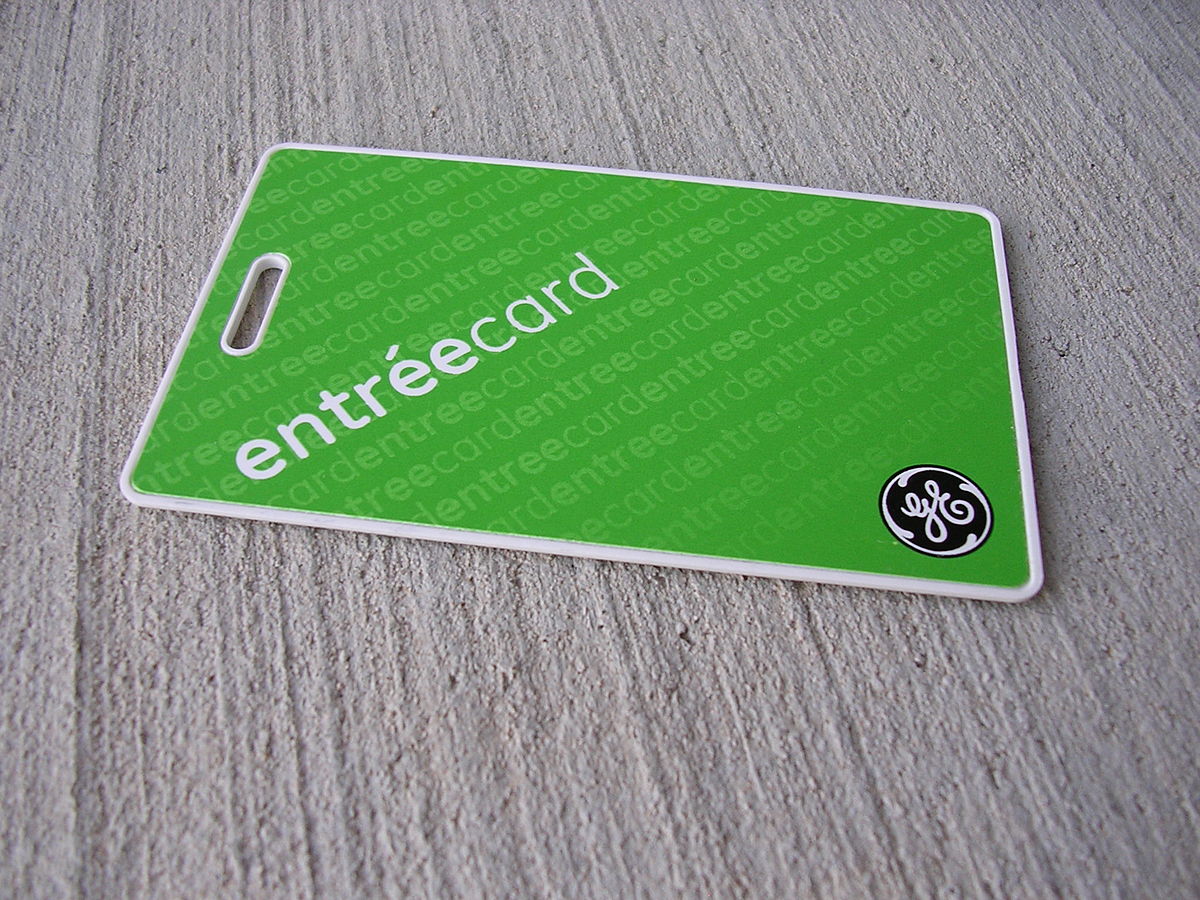Hello everyone
Link
I'm working this circuit for a weeks.
But i can't seem to understand full details and it's working since i'm almost newbie to Radio Communications.
So i have few questions on this circuit.
1.Can anyone explain me deeply about this circuit?
2.Is it possible to change antenna to 1.5m diameter antenna?
Any advice will be appreciated.
Link
I'm working this circuit for a weeks.
But i can't seem to understand full details and it's working since i'm almost newbie to Radio Communications.
So i have few questions on this circuit.
1.Can anyone explain me deeply about this circuit?
2.Is it possible to change antenna to 1.5m diameter antenna?
Any advice will be appreciated.

